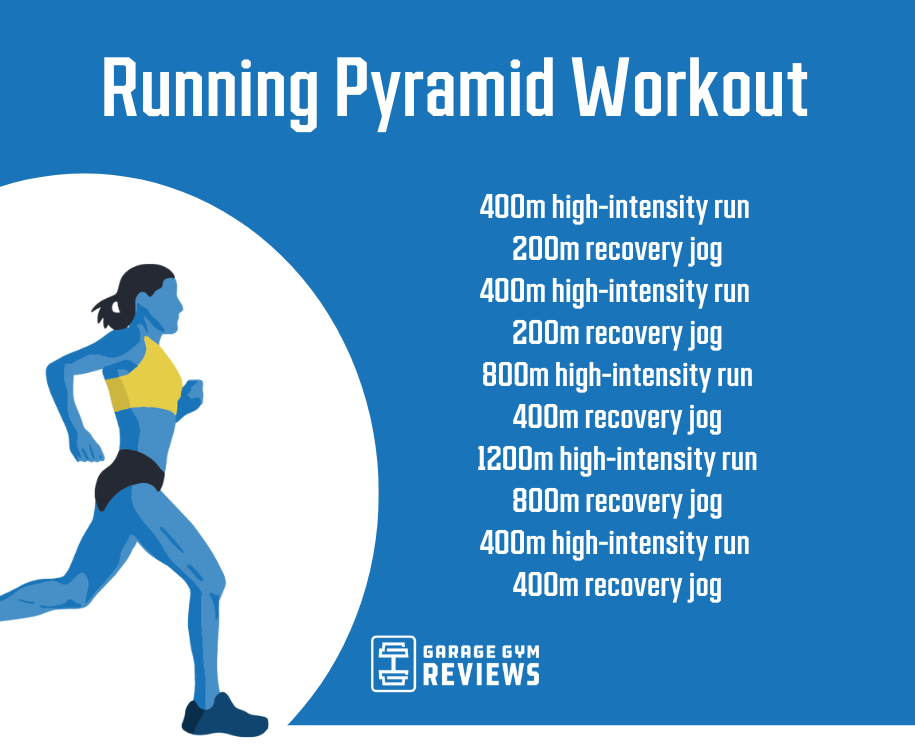Dominate Your Runs: Proven Strategies for Efficient Running Workout
Dominate Your Runs: Proven Strategies for Efficient Running Workout
Blog Article
Just How to Prevent and Handle Pain in Running: Professional Tips and Recommendations
As joggers, we often find ourselves caught between the euphoria of pushing our physical limits and the discomfort that can accompany it. The quest of that jogger's high can occasionally be prevented by the unwanted buddy of discomfort. Whether you are a skilled marathoner or a beginner hitting the pavement for the very first time, the nagging existence of discomfort and discomfort is an usual denominator. Nevertheless, there exist tested techniques and expert guidance that can assist minimize and handle these pains, permitting you to concentrate on the delight of running itself.
Relevance of Proper Shoes
Proper shoes plays a crucial function in protecting against and handling pain for runners, as it significantly influences their convenience, efficiency, and general foot wellness. When it pertains to running, wearing the right shoes can make all the distinction. Ill-fitting or incorrect footwear can cause a host of concerns such as sores, shin splints, plantar fasciitis, and much more serious injuries like tension cracks.
Selecting the right operating shoes includes taking into consideration factors such as foot kind, stride auto mechanics, running terrain, and individual choices. Runners with high arcs might need even more padding and assistance, while those with flat feet may profit from security footwear. Furthermore, recognizing pronation (the internal rolling of the foot) and supination (the outward rolling of the foot) can aid in selecting footwear that offer the ideal degree of arch assistance.
Buying high quality operating shoes that are ideal for your specific needs can assist prevent pain and discomfort while improving your running experience. Prioritizing appropriate footwear is not almost efficiency yet additionally about safeguarding your foot wellness in the long run.

Effective Warm-up Techniques
A dynamic workout regimen prior to a run aids raise blood flow to the muscle mass, boosts flexibility, and enhances the array of activity of the joints. Dynamic extends like leg swings, high knees, and hip circles are useful in preparing the body for the physical demands of running.
In enhancement to vibrant stretches, integrating some light cardio exercises such as jogging or skipping rope can even more elevate the heart price and heat up the body. This mix of vibrant stretching and light cardio assists loosen limited muscles, lubricate the joints, and mentally prepares the jogger for the upcoming workout (running workout). By making workouts a constant component of your running regimen, you can substantially decrease the threat of injuries and do at your ideal during each run
Secret Stretching Workouts
When preparing for a run, integrating key stretching exercises is necessary to improve muscle adaptability and avoid injuries - Read More. Dynamic extends such as leg swings, high knees, and hip circles are valuable for heating up the muscles and boosting array of activity before a run. These activities help improve blood flow, loosen limited muscle mass, and prepare the body for the task ahead
Fixed stretches like calf stretches, hamstring stretches, and quadriceps stretches ought to comply with a run to assist in muscle healing and stop tightness. Holding each go for 15-30 seconds permits the muscle mass to kick back and lengthen, lowering the danger of post-run pain and potential injuries.
Additionally, incorporating yoga positions like descending pet dog, pigeon pose, and spinal twists can target multiple muscular tissue teams concurrently, advertising overall adaptability and toughness. Regular extending routines not just enhance efficiency but also assist in keeping excellent running kind and protecting against overuse injuries. Keep in mind, proper stretching strategies are vital for a secure and enjoyable running experience.
Healing and Rest Approaches
After finishing a run, applying efficient recuperation and rest techniques is essential for making best use of efficiency and reducing the threat of injuries. In addition, incorporating rest days into your training schedule is vital to avoid overuse injuries and burnout.
Active recuperation strategies such as mild stretching, foam rolling, and yoga exercise can assist boost circulation, decrease muscle discomfort, and enhance flexibility. It is also helpful to prioritize hydration and nutrition post-run to replenish electrolytes, glycogen stores, and advertise muscle mass healing.
Cross-training activities like swimming or biking can offer a break from the recurring effect of running while still keeping cardiovascular physical fitness - running strategy. Paying attention to your body and recognizing when it needs a break is vital to stop persistent injuries and making certain long-term running success. Bear in mind, rest is not a sign of weakness however an important part of a well-rounded training program
Cross-Training Perks

It permits you to work on different facets of fitness that might not be targeted solely with running, leading to a much more balanced and well-rounded professional athlete. Furthermore, cross-training can help boost running efficiency by resolving muscle inequalities and weaknesses that may prevent efficiency.
Conclusion
In conclusion, appropriate shoes, warm-up strategies, stretching exercises, recuperation strategies, and cross-training are necessary elements in stopping and handling discomfort in running. By including these methods right into your regimen, you can decrease the risk of injury and pain while maximizing efficiency and satisfaction of the sporting activity. Read More. Remember to listen to your body, prioritize remainder and recuperation, and look for expert advice when required to ensure a secure and effective running experience
Report this page